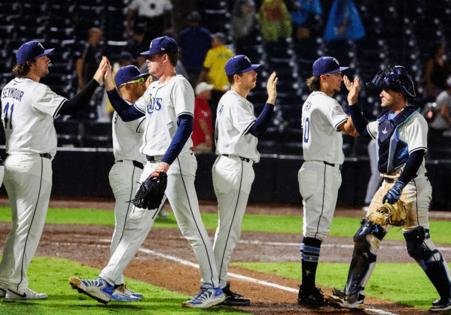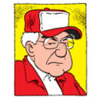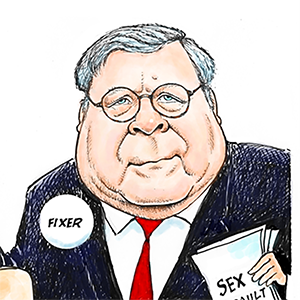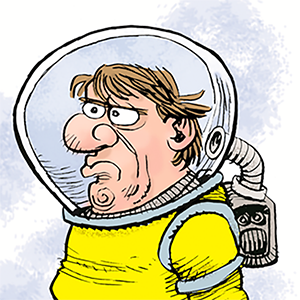John Romano: Patrick Zalupski and others are buying the Tampa Bay Rays. Now what?
Published in Baseball
TAMPA, Fla. — Let’s first offer a sincere welcome to the new ownership group that is buying the Tampa Bay Rays. The sale will mark a fresh start for the franchise and a new chapter in the quest to keep the team in Tampa Bay. Jacksonville home builder Patrick Zalupski and his investors certainly have reason to celebrate. But they might soon find that buying the team was the easy part.
The sale, announced Monday by Major League Baseball, ends the 20-year tenure of Stuart Sternberg, who fielded a competitive clubhouse but struggled to attract a home crowd to Tropicana Field. Sternberg spent years in a fruitless search to reach a stadium deal somewhere in the region, capped by a souring experience in St. Petersburg this year that all but ushered in new ownership.
A fresh face in the owner’s box could be helpful. But it doesn’t necessarily change the numbers. Area officials may be more inclined to deal with Zalupski. But if Hillsborough County remains the preferred stadium site, the new owners face many of the same old hurdles.
Location, location
While a Hillsborough stadium would be more centrally located and have the potential to capture a larger audience, every site mentioned on the Tampa side of the bay comes with its share of drawbacks. A stadium along Dale Mabry Highway offers access to major roadways, but it would stand as an island in a dank commercial area. Ybor City offers a lively backdrop with nearby bars and restaurants, but getting in and out of this packed district could be tough for car-dependent fans. Converting a city-owned golf course at Tampa’s Rocky Point would almost certainly trigger a referendum, setting the stage for a messy public fight over the use of dedicated parks. The Florida State Fairgrounds and the former Tampa Greyhound Track offer plenty of buildable space, but they, too, come with political strings and their own aesthetic problems.
Public incentives
The days of Hillsborough taxpayers building a stadium for a professional sports team are over, thanks to the hard feelings that still linger over the Community Investment Tax, a 30-year levy that Hillsborough used (in part) to build what’s now Raymond James Stadium for the Tampa Bay Buccaneers. Any outright subsidy for construction would face an uphill climb. Of course, public incentives could come in many forms, and depending on a stadium’s location, the county could contribute revenues from a special taxing district to offset development costs. But a business plan that involves tapping several pots of public money is complex. Hillsborough already is facing expensive upgrades at existing county-owned sports venues, which could further stretch available dollars.
Political environment
Public financing might be an easier sell had Hillsborough’s political and civic leadership waged a serious, united campaign to lure the Rays to Tampa. But that hasn’t happened. If anything, the political climate has weakened in Hillsborough, as its elected leadership has moved to the right, and as big-ticket projects take a back seat to the increasing public clamor over Florida’s affordability crisis. The environment at the state level is no better. Conservative legislators continue to target the sort of special taxing districts that could help fund a stadium as part of a larger urban renewal effort. Florida Republican leaders are also working to highlight so-called wasteful spending by local governments in advance of a tax-cutting referendum next year. That will only sour the climate for stadium deals or anything that smacks of a handout to millionaires.
____
©2025 Tampa Bay Times. Visit at tampabay.com. Distributed by Tribune Content Agency, LLC.







Comments